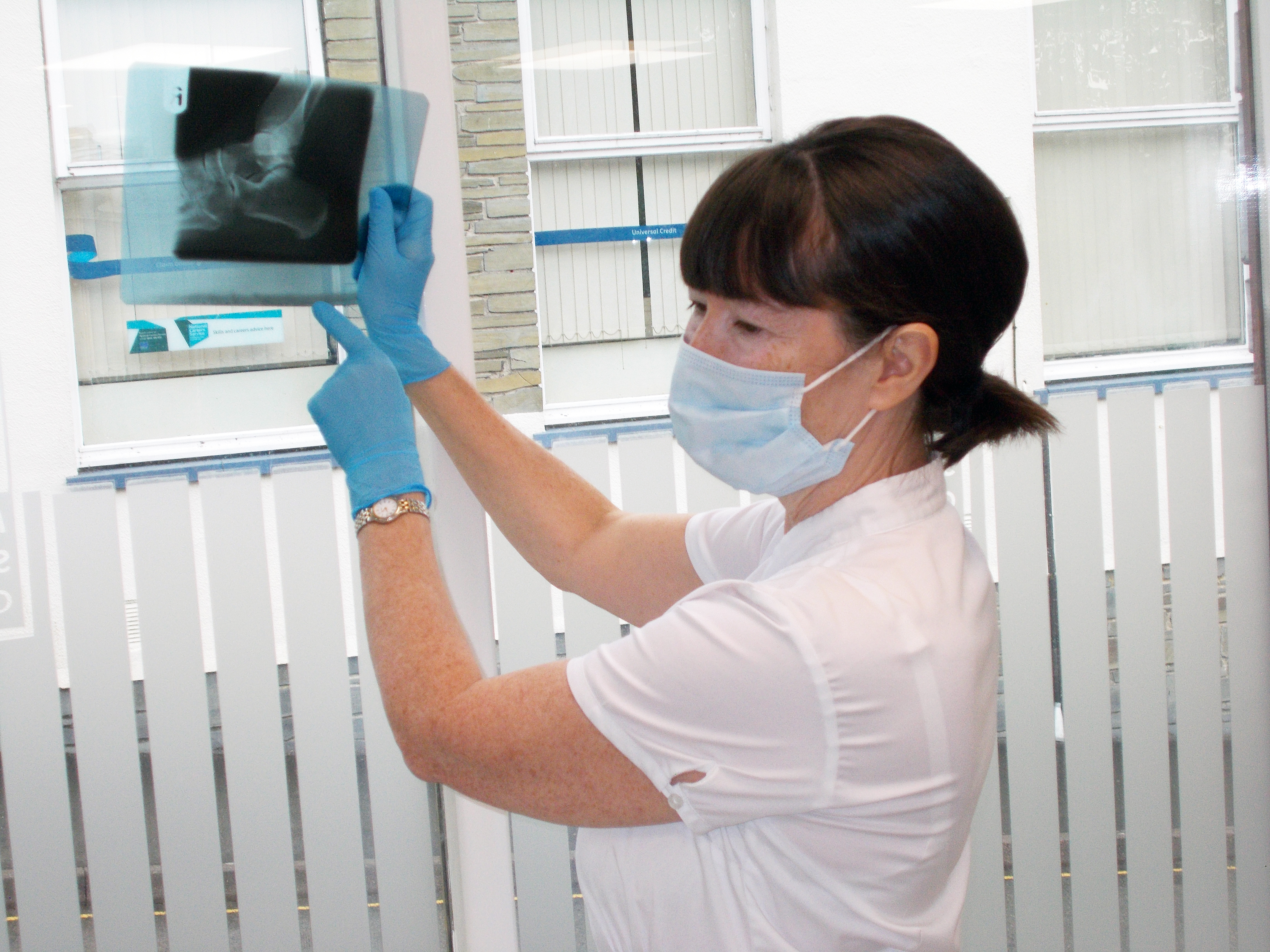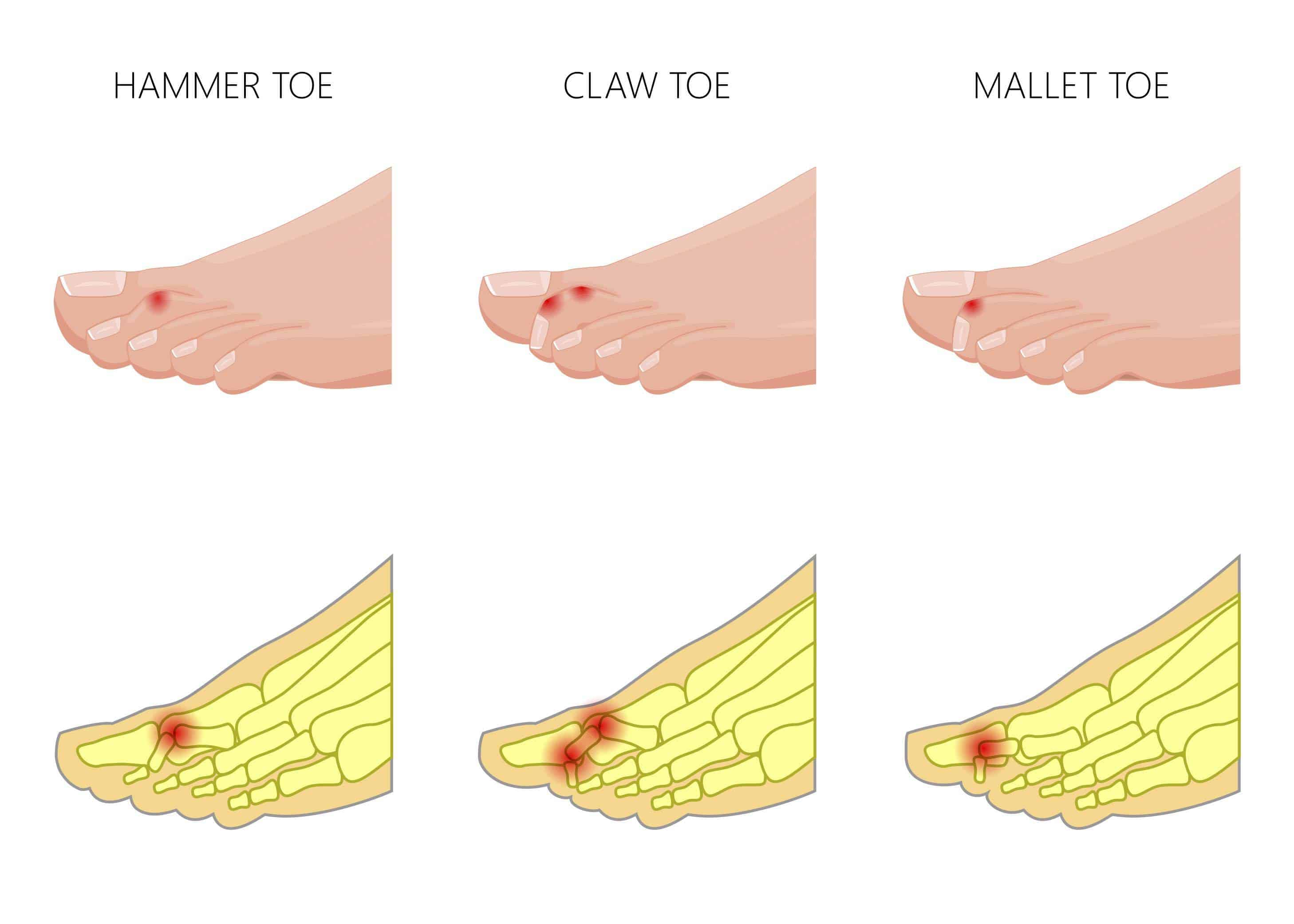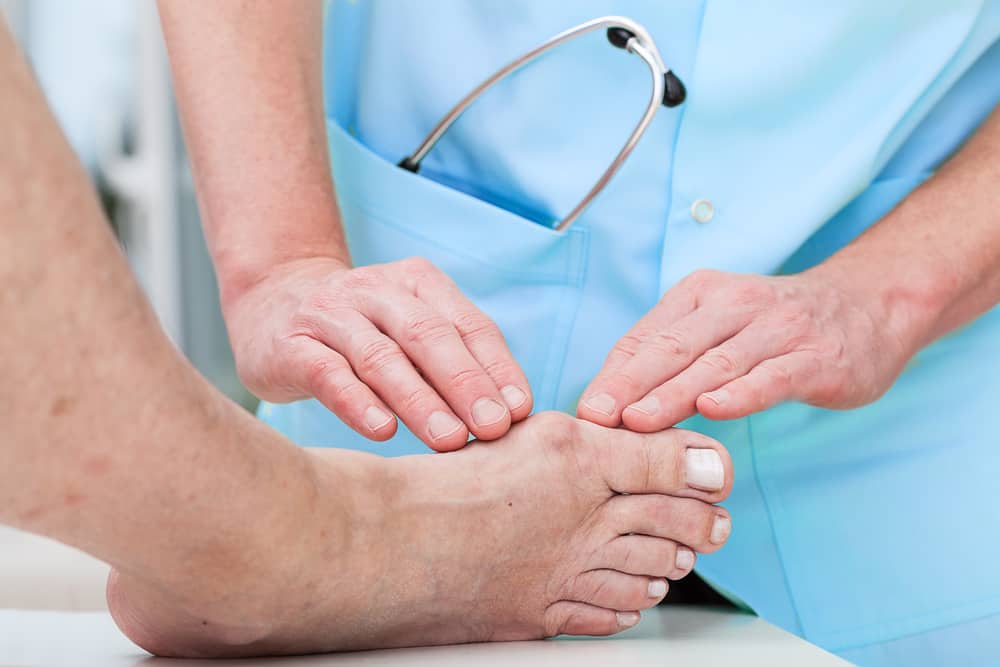Deformities of the Foot

For more information on the deformities of the foot treatments that are available, please use the toggle switches below:
Hallux limitus or rigidus refers to stiffness of the large toe joint. Usually caused by osteoarthritis because the condition has worn away the surface of the bones. Unlike bunions it is the upper part of the joint that is affected. This prevents dorsiflexion of the big toe joint sometimes causing inflammation and pain.
The condition is hereditary however injuries during activity or systemic problems such as rheumatoid arthritis or gout may increase the likelihood of this joint becoming rigid.
Diagnosis is usually from clinical examination. Our empathises is on minimal invasive treatment where possible. Through the use of latest technology to achieve maximum mobility, pain relief, reduce swelling and improve gait. Low level laser has been shown to be highly effective in treating this condition.

These terms are used to describe deformities that sometimes develop in the lesser or smaller toes. They are common in people with bunions or people who have very flat feet or feet with very high arches.
A hammer toe is when the inter mediate joint of the little toes are bent right over and eventually the joint becomes completely rigid.
A mallet toe affects the distal joint at the end of the toes, if both joints are curled over they are called ‘claw toes’.
All these deformities can cause corns and calluses where the prominent joints rub against the shoes or the ground. In severe cases extreme pressure can cause the affected areas to ulcerate.
Initially we treat this condition conservatively as this is less invasive and the patient is less likely to suffer side effects and complications than with more invasive methods.
A Podiatrist will remove the corns and calluses gently with a scalpel and discuss with you treatments that you may benefit from in the future. Splints can be made to alleviate pressure areas and advice given on appropriate footwear.
A Biomechanical assessment and bespoke Orthotics may also help improve foot function. LLLT is also good for pain relief.

A bunion is a bony deformity at the base and side of the big toe joint. The big toe moves towards the other toes and may also rotate and twist.
Wearing shoes that are too tight may accelerate the development and cause irritation and inflammation around the joint. They are usually hereditary and linked to genetics. Foot injuries and flat feet that pronate also may contribute.
Bunions can also lead to secondary problems, such as hammertoe, corns, calluses, ulcers, bursitis and arthritis.
Many people with bunions suffer from discomfort and pain from the constant irritation, rubbing, and friction of the joint against shoes. The bigger the bunion gets, the more it hurts to walk.
Because they are bony deformities, bunions do not resolve by themselves.
Our objective is minimum invasive treatment initially as this is less hazardous and the patient is less likely to suffer side effects and complications of more invasive methods.
A Podiatrist will remove the corns and calluses gently with a scalpel and can advise on the best form of treatments available which may also include protective padding, orthotics, or splints for night time wear ( this is often recommended for adolescents with bunions, because their bone development may still be adaptable ).
Low Level Laser Therapy is also effective in reducing pain.
In severe cases where these conservative methods have failed referral to a specialist surgeon may become necessary.